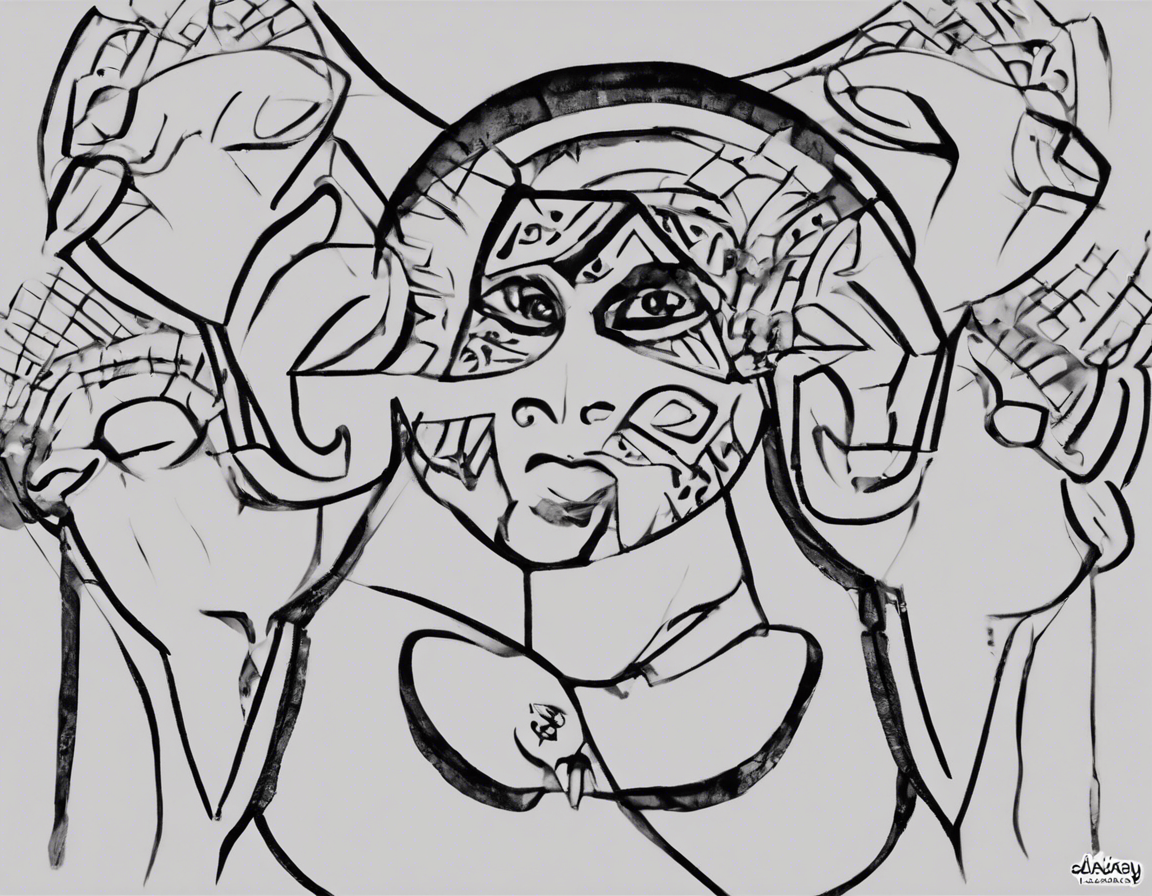Introduction
The term “Akaay” can spark curiosity and confusion when encountered. Its significance and interpretation may vary depending on the context in which it is used. To shed light on this term, let’s dive into a comprehensive guide that unravels the meaning and possible connotations of “Akaay”.
What is Akaay?
Akaay is oftentimes used as a term or phrase to express agreement, approval, understanding, or acknowledgment. It can be considered as a colloquial expression that signifies affirmation or acceptance of a statement or situation. The term is commonly used in informal conversations, especially in social settings and online interactions.
The Origins of Akaay
The origins of the term Akaay are not definitively known, given its colloquial nature. It could be a variation or slang form of the word “okay” which is widely recognized and used in the English language. It may have evolved from cultural or regional dialects, or simply as a result of linguistic play and creativity.
Interpreting Akaay in Conversations
In conversations, “Akaay” is typically used as a response to a statement, question, or request. It serves as a way to indicate agreement, confirmation, or understanding. The tone and context in which it is delivered can also influence its meaning. For example, a drawn-out “Akaay” may convey sarcasm or skepticism, while a quick and enthusiastic “Akaay” may indicate genuine agreement or excitement.
Akaay in Digital Communication
With the rise of digital communication platforms and social media, Akaay has found its way into online interactions. It is often used in messaging apps, social networking sites, and comment sections to respond to posts, messages, or memes. Its brevity and informal nature make it a popular choice for quick affirmations or reactions in the digital realm.
Variations and Alternatives to Akaay
In addition to Akaay, there are several variations and alternatives that serve a similar purpose in conversations. These include phrases like “Got it”, “Roger that”, “Sounds good”, “Sure thing”, and “Affirmative”. Each of these expressions carries its own nuance and tone, catering to different communication styles and contexts.
Cultural Differences and Akaay
It’s important to recognize that the interpretation of Akaay and similar expressions can vary across cultures and linguistic backgrounds. While it may be a familiar and commonly used term in certain regions or communities, others may not easily grasp its meaning or significance. Cultural sensitivity and awareness play a key role in effective communication, ensuring that expressions like Akaay are understood in the intended manner.
When to Use Akaay
The usage of Akaay is best suited for informal settings, casual conversations, and digital communications. It adds a touch of informality and camaraderie to interactions, allowing for quick and easy affirmations without the need for lengthy explanations or formal language. However, it’s important to gauge the appropriateness of using Akaay based on the context and audience to ensure clear and effective communication.
In Summary
In summary, Akaay is a versatile term that serves as a quick and informal way to express agreement, approval, or understanding in conversations and digital communication. While its origins may not be definitively traced, its usage has become commonplace in everyday interactions. Understanding the nuances and context in which Akaay is used can enhance communication skills and facilitate smoother exchanges with others.
Frequently Asked Questions (FAQs)
- What is the correct spelling of Akaay?
-
Akaay is typically spelled with two A’s and a Y, as in “Akaay”.
-
Is Akaay a formal word?
-
No, Akaay is an informal term commonly used in casual conversations and digital communication.
-
Can Akaay be used in professional settings?
-
It is advisable to avoid using Akaay in formal or professional settings, as it is considered too casual.
-
Are there any cultural implications of using Akaay?
-
While Akaay is generally well-received in informal settings, cultural differences may affect its interpretation in diverse contexts.
-
Is Akaay similar to okay?
-
Akaay is often considered a variation or informal spin on the word “okay”, used to convey agreement or acknowledgment.
-
How can I incorporate Akaay in my conversations?
-
Akaay can be introduced seamlessly into conversations as a quick way to affirm or acknowledge statements or questions.
-
What are some alternatives to using Akaay in communication?
- Alternatives to Akaay include phrases like “Sure”, “Got it”, “Roger that”, or “Sounds good”, depending on the context.
